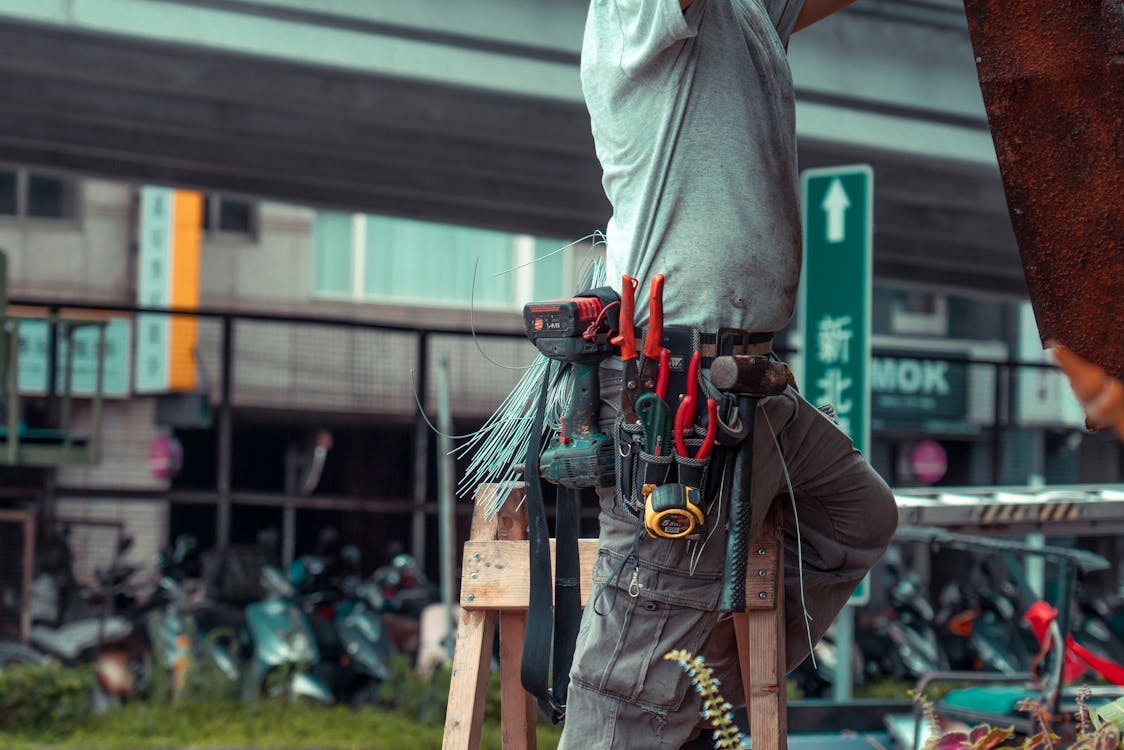The Beginner's Toolbox: 10 Tools for Every DIY Project
Starting a DIY project can be exciting, but knowing which tools are essential can save you both time and frustration. Whether you're assembling furniture, fixing a leak, or creating something from scratch, having the right tools is crucial. Here’s a guide to the top 10 tools that every DIY beginner should have in their toolbox, brought to you by Mavyn, where you can get further guidance from AI or human experts.
1. Hammer
A good hammer is indispensable. It’s not just for nails; you can use it for breaking things apart or putting them together. Opt for one with a comfortable grip and a balanced weight.
Example: A claw hammer, which allows you to remove nails as well.
2. Screwdriver Set
A varied set of screwdrivers (both flathead and Phillips) is essential. These tools come in handy for everything from tightening cabinet hinges to assembling furniture.
Example: A set that includes multiple sizes and lengths.
3. Measuring Tape
Accuracy is key in DIY projects. A reliable 25-foot measuring tape can help ensure that everything fits perfectly.
Example: A tape measure with a locking mechanism to make solo measuring easier.
4. Utility Knife
For opening boxes, sharpening pencils, or cutting through wallpaper, a sturdy utility knife is a must-have. Look for one with replaceable blades.
Example: A knife with a retractable blade for safety.
5. Level
A level ensures your projects aren’t crooked, which is crucial for shelves or hanging pictures. A 24-inch level is a good all-purpose size.
Example: A laser level for higher precision.
6. Pliers
Pliers are great for gripping, twisting, and cutting wires. A set including needle-nose and slip-joint pliers will cover most needs.
Example: Pliers with insulated handles for electrical work.
7. Adjustable Wrench
An adjustable wrench is invaluable for plumbing jobs and any task that involves nuts and bolts.
Example: A wrench with a rubber handle for better grip.
8. Electric Drill
An electric drill not only drills holes but can also be used as a powerful screwdriver. A cordless model offers convenience and portability.
Example: A drill with variable speed control for different materials.
9. Safety Gear
Safety should always be a priority. Basic safety gear includes goggles, gloves, and ear protection.
Example: Anti-fog goggles and cut-resistant gloves.
10. Toolbox
Finally, to keep all your tools organized and portable, a sturdy toolbox is essential. Choose one that’s spacious enough to accommodate all your tools and durable enough to last.
Example: A toolbox with a built-in lock for added security.
Conclusion
With these 10 essential tools, you’ll be well-equipped to tackle most basic DIY projects. Remember, having the right tools is just the beginning. For more detailed guidance on specific projects or tools, chat with Mavyn GPT or connect with a human expert at Mavyn. They can provide personalized advice and answers to ensure your DIY endeavors are successful and enjoyable.
Remember, the right tools not only make the job easier but also help ensure that you complete your projects safely and effectively. Happy DIY-ing!
